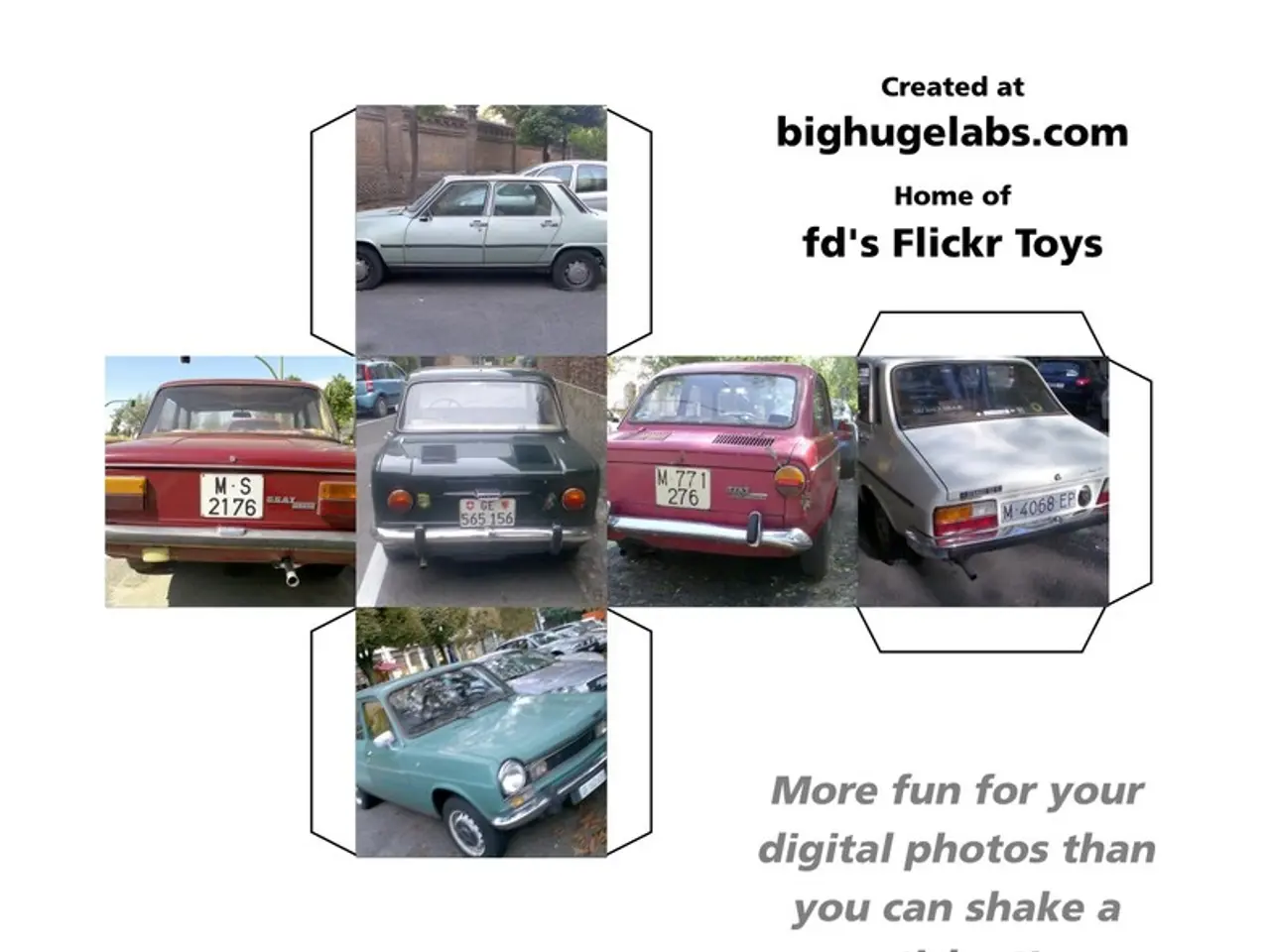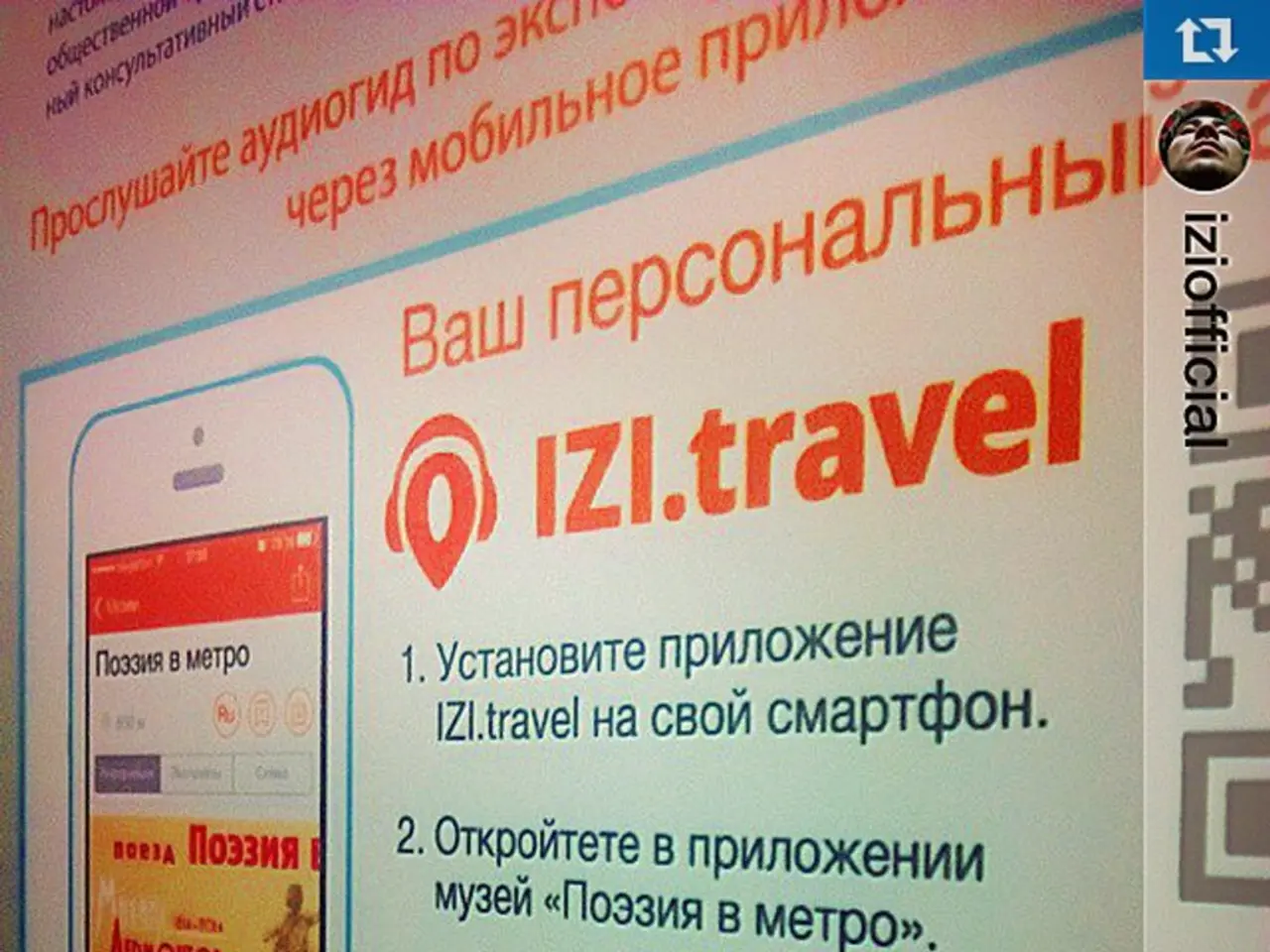Expanding Automotive Communication Technology Industry Anticipated to Reach a Market Value of US$ 55 Billion by 2033
The Asia-Pacific region is leading the global charge in the automotive communication technology market, with a projected Compound Annual Growth Rate (CAGR) of around 16% between 2025 and 2034 [1][2][3][5]. This growth is driven by a unique synergy of industrial scale, economic growth, government backing, technological innovation, and urban infrastructure development.
At the heart of this boom is the region's automobile manufacturing hub, which generates substantial demand for advanced communication technologies integrated into vehicles [1][4]. The rapid production of vehicles and a large passenger car market are key factors propelling the market's expansion.
Increasing affluence in the region is another catalyst for growth. The rising disposable income and expanding middle class accelerate the adoption of cutting-edge automotive technologies and connected services [2]. This economic growth is driving the demand for advanced driver-assistance systems (ADAS), autonomous driving capabilities, and various connected services [6].
Government initiatives and regulatory frameworks also play a significant role. Countries like Japan have regulations such as ITS Connect, while China promotes connected vehicle ecosystems through programs like "Made in China 2025" [2][3]. These policies support smart mobility, digital transformation, and standardization for vehicle communication systems.
Technological advancements and the rollout of 5G networks further enhance communication reliability for vehicle-to-vehicle (V2V) and vehicle-to-infrastructure systems [1][3][5]. This development is crucial for autonomous and connected vehicle features. The integration of 5G technology is set to revolutionize the market by enabling real-time Vehicle-to-Everything (V2X) communication systems.
Leading domestic automakers and tech companies are also investing heavily in the market. Manufacturers such as Toyota, Hyundai, and others are deploying advanced V2V technologies, supported by investment in Ethernet technology for high-speed data transmission within vehicles [3][5].
Urbanization and smart transportation projects are another driving force. Rapid urban growth necessitates efficient traffic management, driving demand for V2V communication and integrated smart city transportation systems [3].
The market is projected to reach US$ 55.02 billion by 2033, with a CAGR of 15.90% from 2025 to 2033 [1]. Mid-size vehicles currently lead the market, with their dominance attributed to the increasing number of electronic components being integrated into vehicles. Body control and comfort applications have emerged as the primary use case, commanding an impressive 38.70% of the market share [7][8].
The Controller Area Network (CAN) bus module holds a significant position in the market, with its reliability being a key factor in its dominance [9]. In June 2025, Verizon Business introduced the Edge Transportation Exchange, a mobile-network V2X communication platform [10]. AutoUnify launched a powerful new API designed to revolutionize communication within the automotive industry in May 2025 [11].
The Asia-Pacific region commands a substantial market share of 44.70% in the automotive communication technology market [12]. Europe ranks as the second-largest region, due to a combination of stringent safety regulations and a strong emphasis on sustainable mobility [13]. The increasing production and adoption of electric vehicles (EVs) are also contributing to the demand for advanced communication systems within the market [14]. Government policies and infrastructure development in the Asia-Pacific region promote EV adoption and the development of smart infrastructure.
In conclusion, the Asia-Pacific automotive communication technology market is thriving, driven by a combination of industrial scale, economic growth, government backing, technological innovation, and urban infrastructure development. This unique blend is positioning the region as a dominant player in the global market.
The Asia-Pacific automotive industry, driven by its substantial automobile manufacturing hub, generates demand for advanced communication technologies integrated into vehicles, which is a key factor fueling the market's growth [1][4]. Concurrently, advancements in finance, such as the rollout of 5G networks, significantly improve communication reliability for vehicle-to-vehicle (V2V) and vehicle-to-infrastructure systems, driving market expansion [1][3][5]. Furthermore, the region's technology sector plays a pivotal role in integrating 5G technology into vehicles, an innovation set to revolutionize the market by enabling real-time Vehicle-to-Everything (V2X) communication systems.




